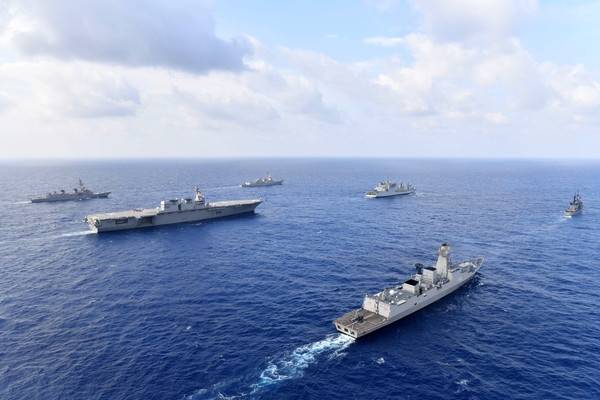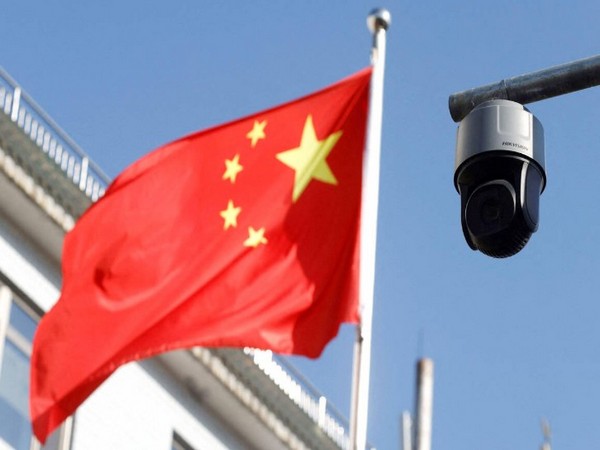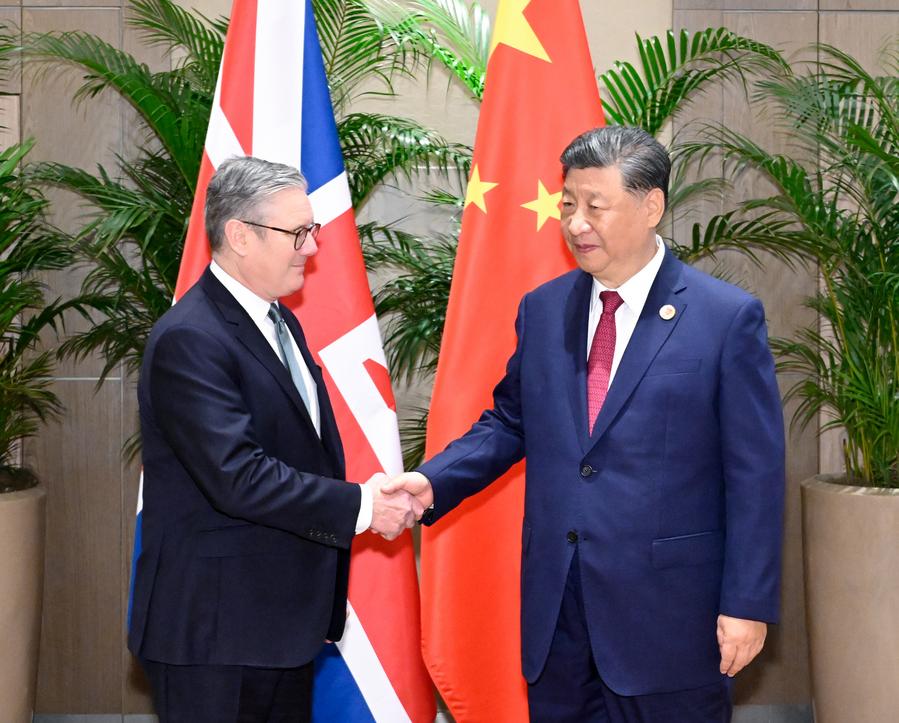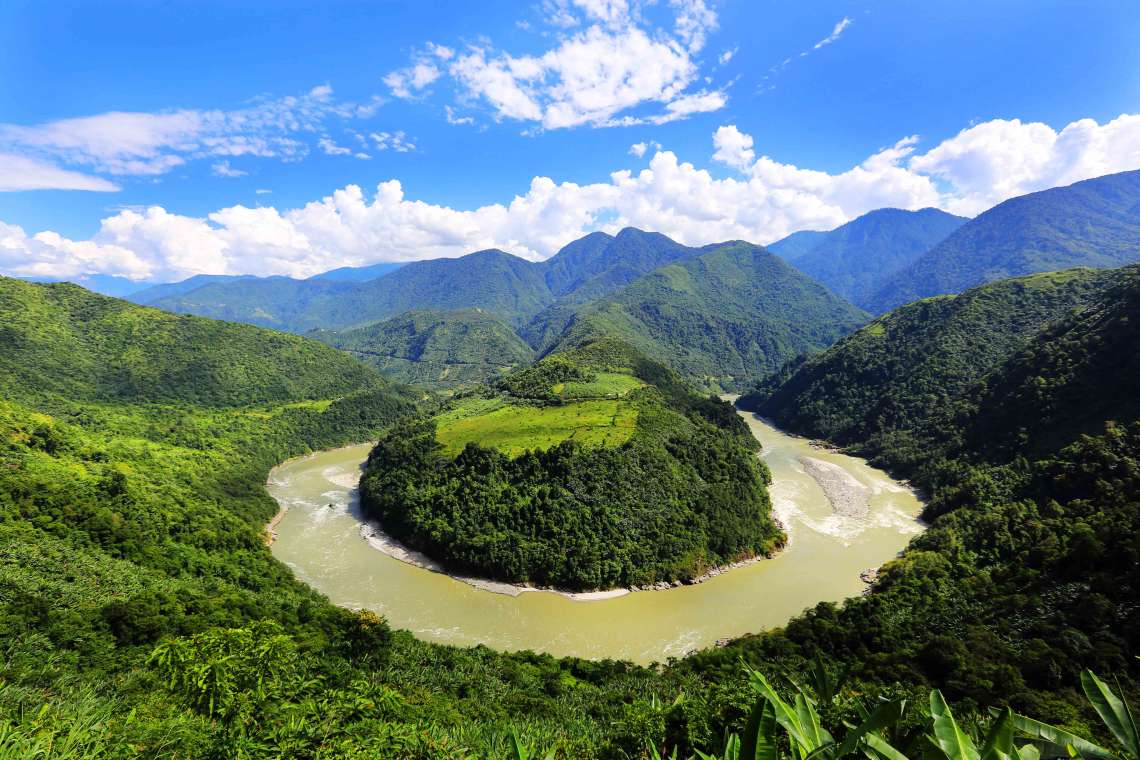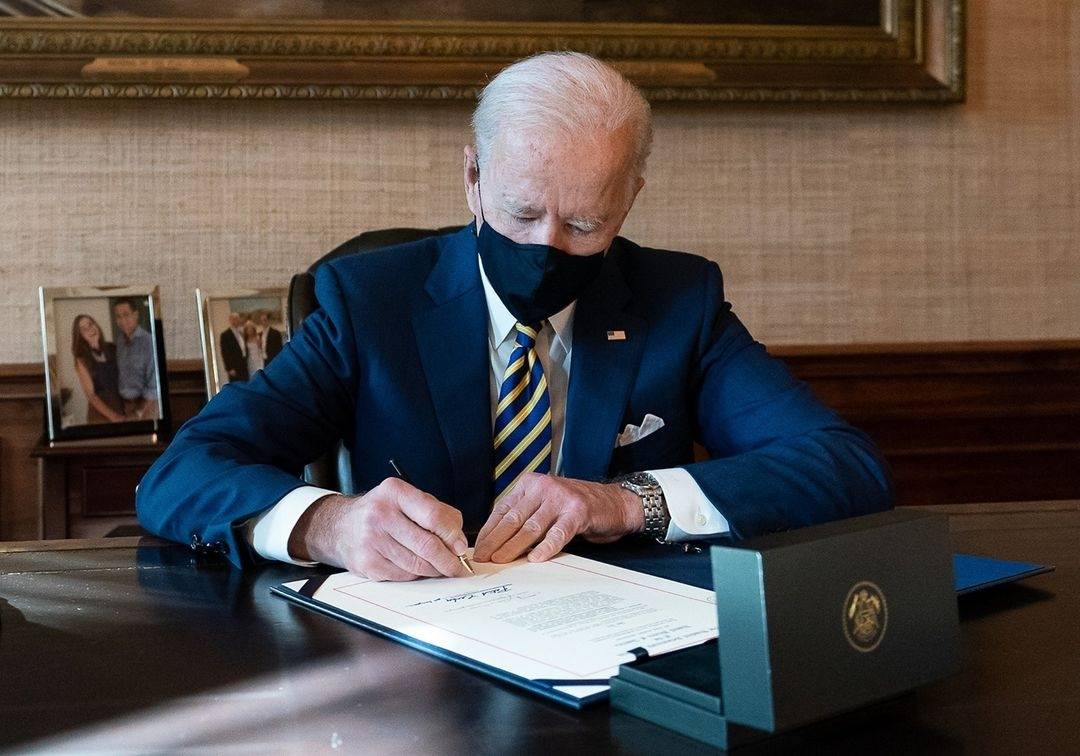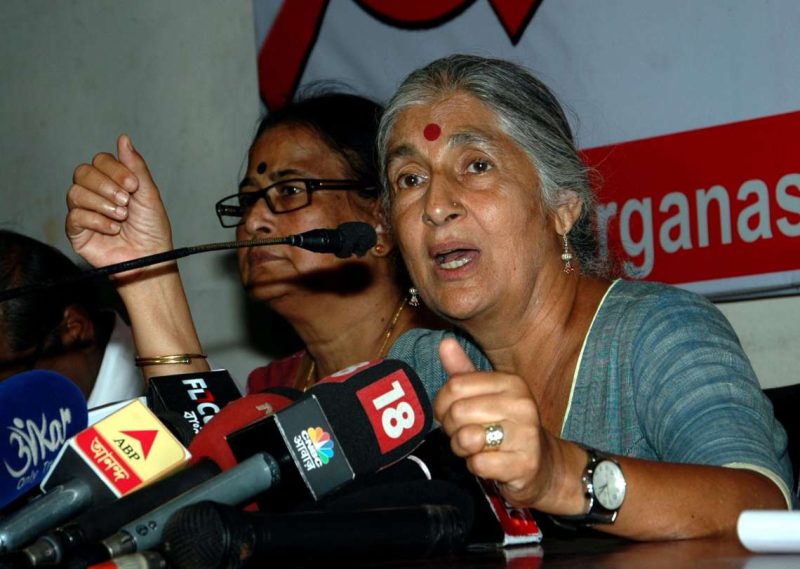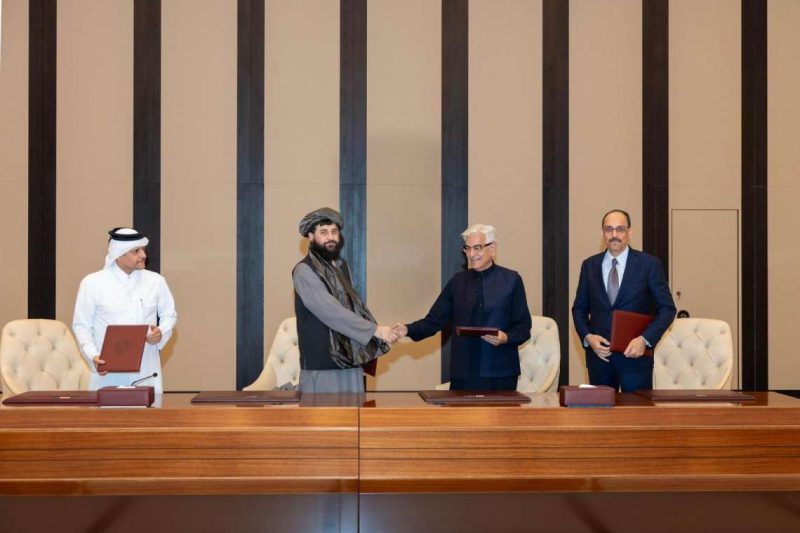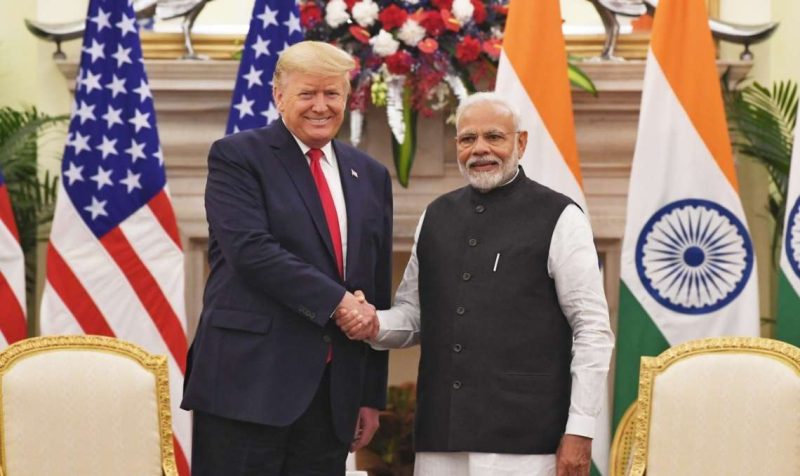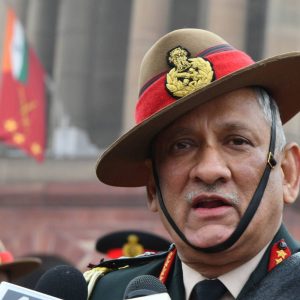If China plans to increase its zone of influence to India’s neighbours in South Asia, India too can extend itself into China’s area of influence with neighbours who are none too happy with Beijing’s boats and aircraft violating their maritime and air space zones with impunity, a report by Rahul Kumar
The South China Sea (SCS) and its nearby waters are getting crowded. The UK’s Queen Elizabeth battleship is already there. India’s armada of four warships has also reached. German frigate Bayern left its port for the SCS. Australian and Japanese navies are joining for the Malabar maritime exercise.
Not to speak of the US, whose base in the Philippines got a new lease of life.
A considerable lot is going on in waters not far from peninsular India.
Beijing is unhappy and angry
To send out a message to the world, particularly the US, Beijing launched its own naval exercises in the disputed SCS on 7 August. To emphasise its point effectively, it is holding its exercise in the contested waters around the Paracel islands, which are also claimed by Vietnam.
Eulogising the drills, on 5 August, China’s State-owned Global Times said: “… it will hold a military exercise from Friday to Tuesday in the South China Sea, setting up a vast navigation restriction zone, some observers said resembles a drill conducted last year in which the Chinese People’s Liberation Army (PLA) reportedly conducted live-fire “aircraft carrier killer” anti-ship ballistic missiles exercises”.

In a tone laced with Wolf Warrior diplomacy, the Global Times said: “… it will serve as a response to the recent provocations, demonstrating that China has “hunting rifles ready against the wolves” that hunger for China’s core interests”.
By holding its naval exercise in contested waters, China is not just sending a combative message to the US and allies but simultaneously sending an intimidatory one to its much smaller neighbours in South-East Asia.
US holding ‘Large-Scale Exercise’
Beijing launched its exercise in response to the ‘Large-Scale Exercise (LSE) 2021’ being organised by the US Navy in multiple maritime locations around the world. In comparison to China’s exercise, the US Navy’s drills are long–from 2 August till 27 August, and in multiple locations.
The South China Morning Post says the US exercises which include large-scale naval and amphibious drills are the largest since 1981.

The US makes no bones about the scale or the objective of the LSE 2021. A press release by the US Navy says: “LSE 2021 is part of an on-going series of exercises that demonstrates the US Navy’s ability to employ precise, lethal, and overwhelming force globally across three naval component commands, five numbered fleets, and 17 time zones”.
The US makes it amply clear that the objectives are grand and it seeks to take on multiple enemies in different geographies in a coordinated manner.
Not everyone is sabre rattling
Even as China and the US have indulged in muscle flexing, not all navies in the region have entered the waters to muddy them further. The British armada has sailed through the Luzon Strait, near the Philippines, and also close to the South China Sea without adding to the already tense atmosphere in the region.
News reports indicated that the British aircraft carrier fleet maintained its distance from the China-occupied-and-armed islands in the SCS. However, despite all good intentions, the UK has planned to permanently place two warships in the region.
It is likely to be the same with the German warship. Berlin knows that it would prefer to walk a tightrope between its American allies and the economic dragon China. It will send a warship as a gesture to friends, but the ship will also make a port call at Shanghai to not offend the dragon.

What is in it for India?
By deploying its naval task force to the region, New Delhi has announced that it is ready to take the battle to Chinese waters. The naval task force will stay for around two months–visiting South East Asian countries and importantly, holding the Malabar maritime exercises with the other three Quad countries–the US, Japan and Australia.
The Indian ships will also drop anchor at Vietnam, the Philippines, Singapore, Indonesia and Australia.
China offended India by intruding into its northern borders and occupying territory at various points in Ladakh. In the Galwan Valley attack by China in June 2020, dozens of soldiers from both sides lost their lives. Though China looks to be in a mood to talk and has withdrawn its troops from one flash point inside Indian territory, the boundary dispute is far from resolved.

For India, a nation proud to maintain strategic autonomy, to send its ships in China’s backyard shows strong disenchantment with Beijing. It is also a pointer to the Indian resolve to set things right. If China plans to increase its zone of influence to India’s neighbours in South Asia, India too can extend itself into China’s area of influence with neighbours who are none too happy with Beijing’s boats and aircraft violating their maritime and air space zones with impunity.
China might have built the largest navy, along with its thousands of fishing vessels and an unknown number of maritime militia but it is no match for the sway that Washington holds among its allies, and not to mention its mobilising abilities. At the end of the day, at Biden’s command, London, Berlin, Paris, Canberra, Tokyo and New Delhi have sent their navies rolling into what China claims is its fief. And, countries like the Philippines, Indonesia, Vietnam and others are strengthening ties with the US.
(The content is being carried under an arrangement with indianarrative.com)


